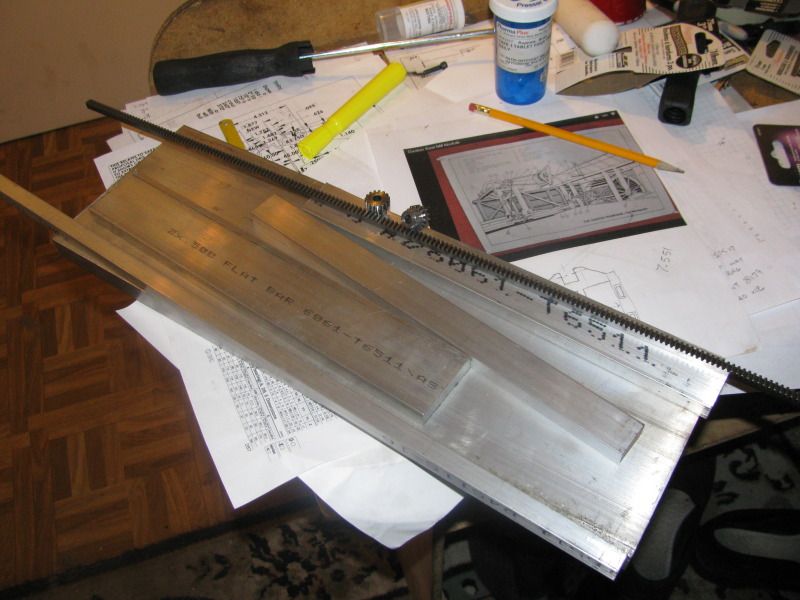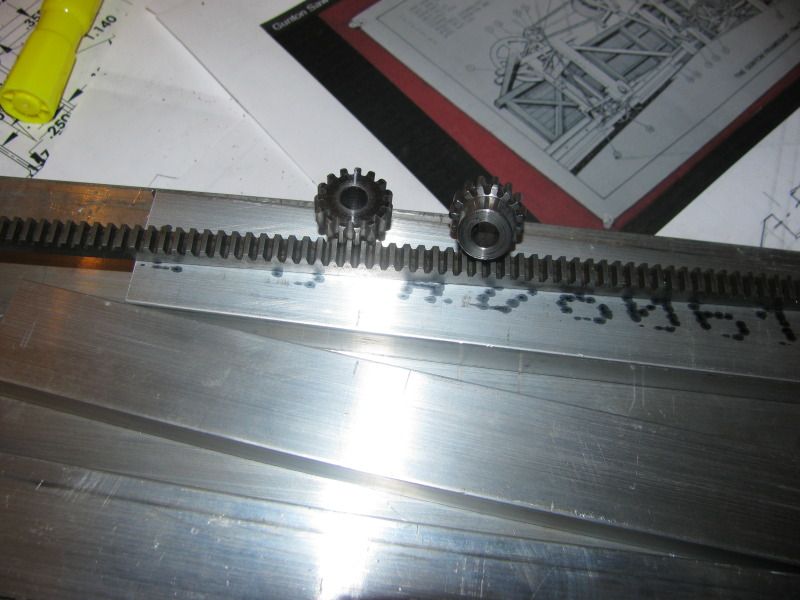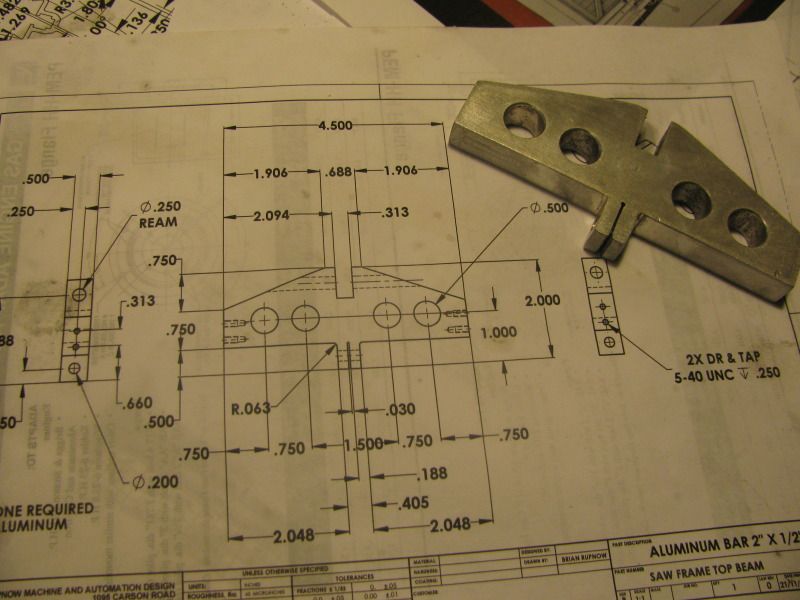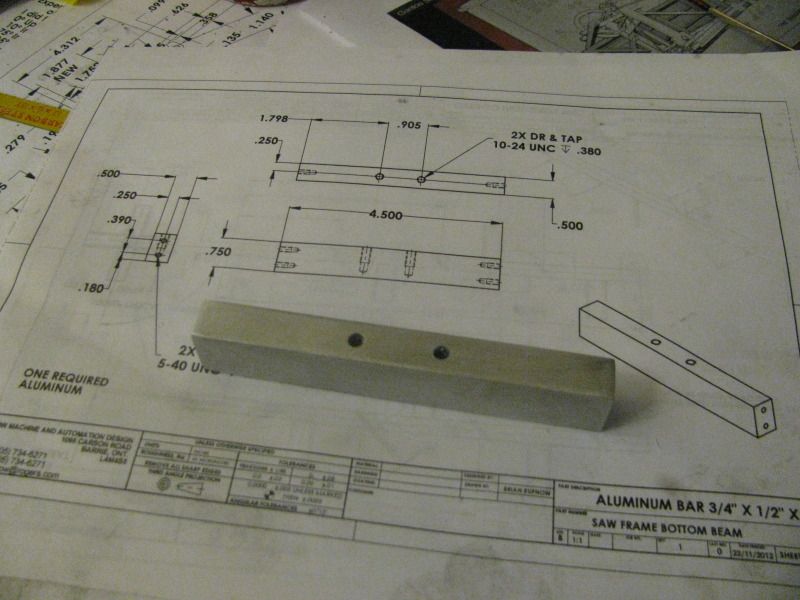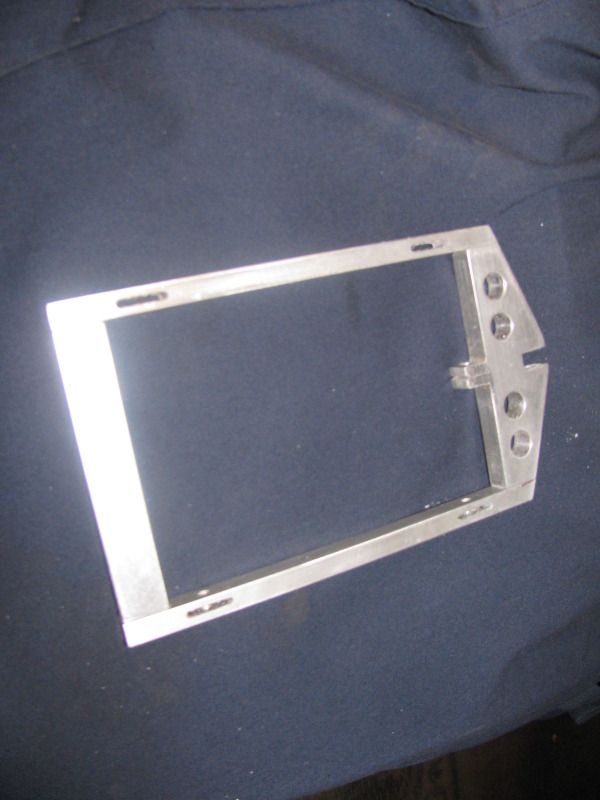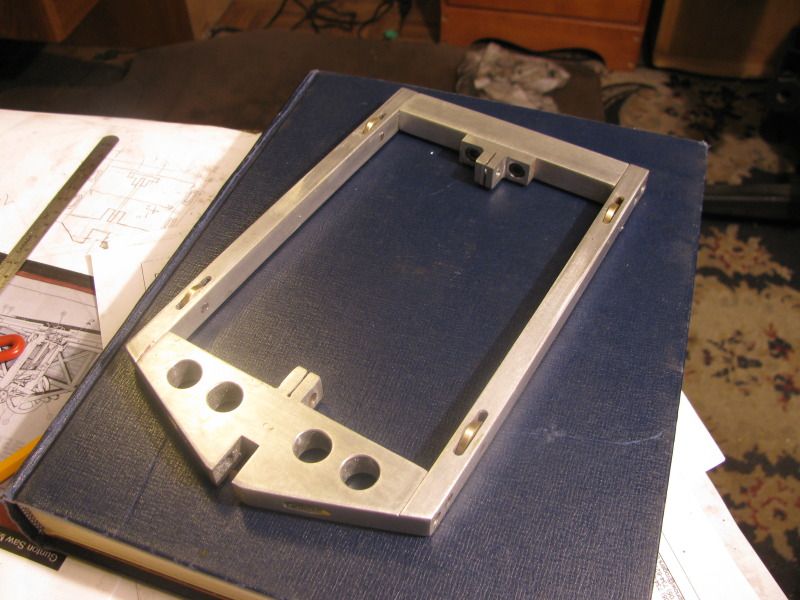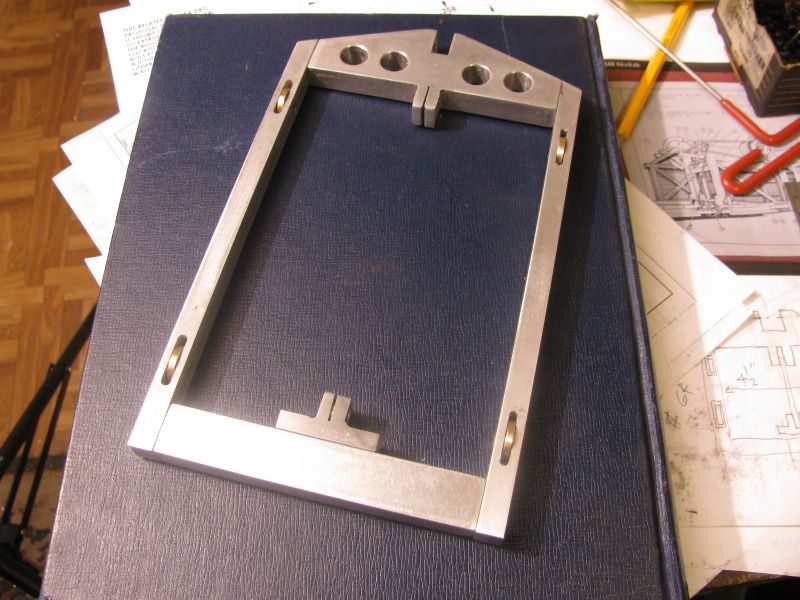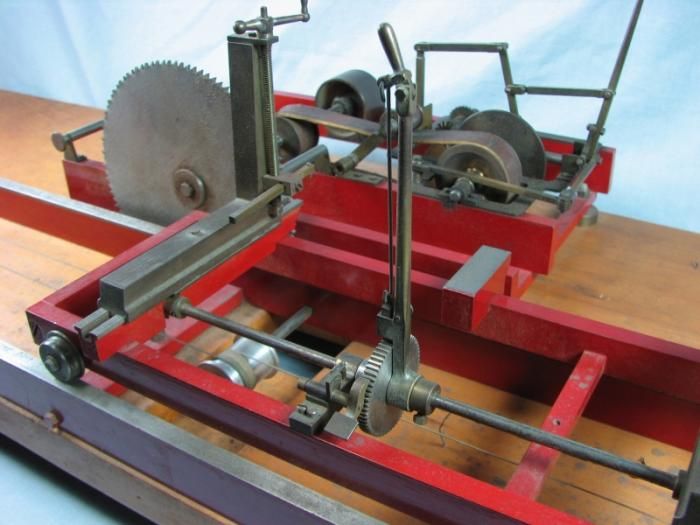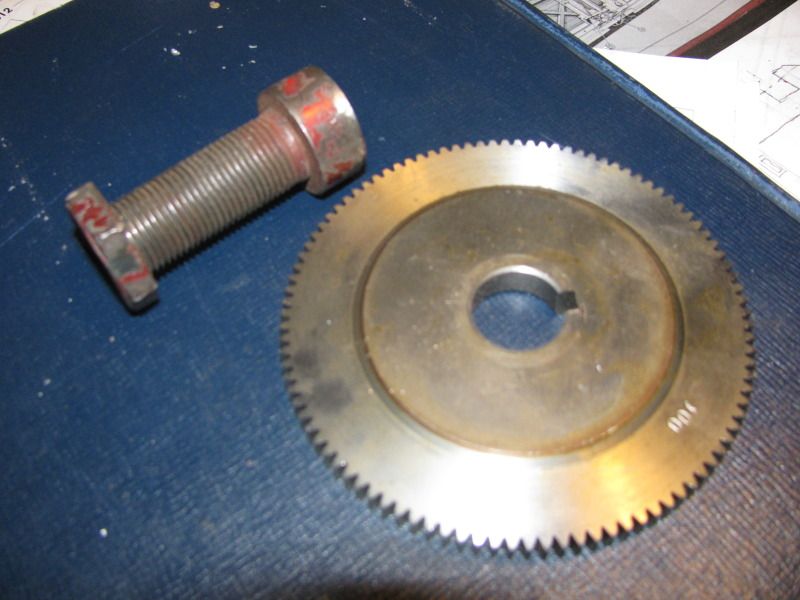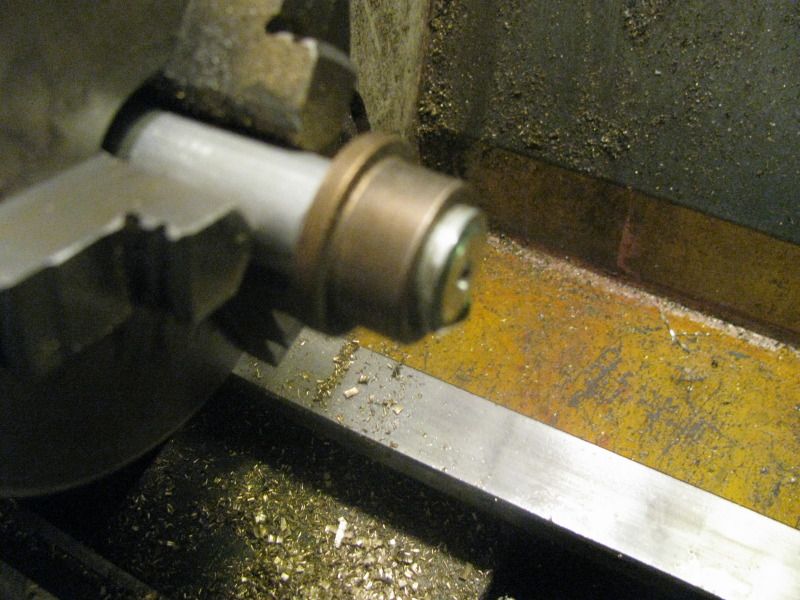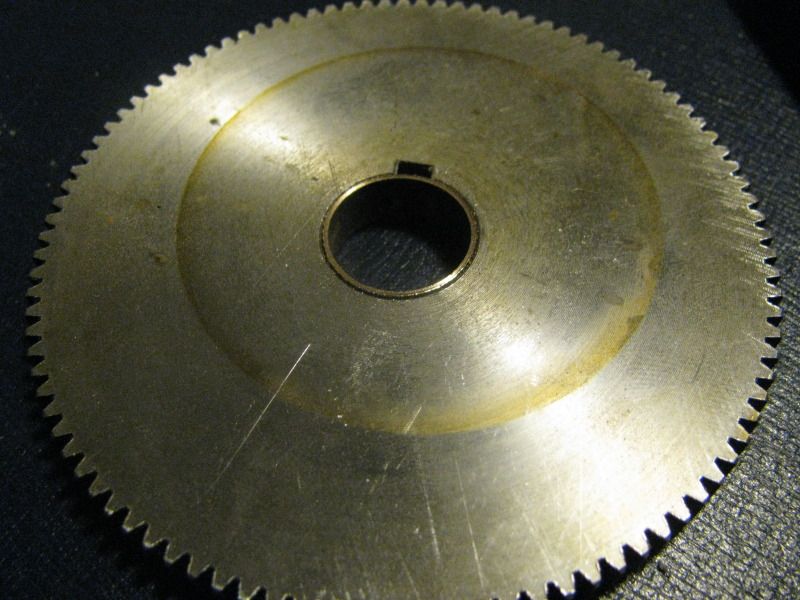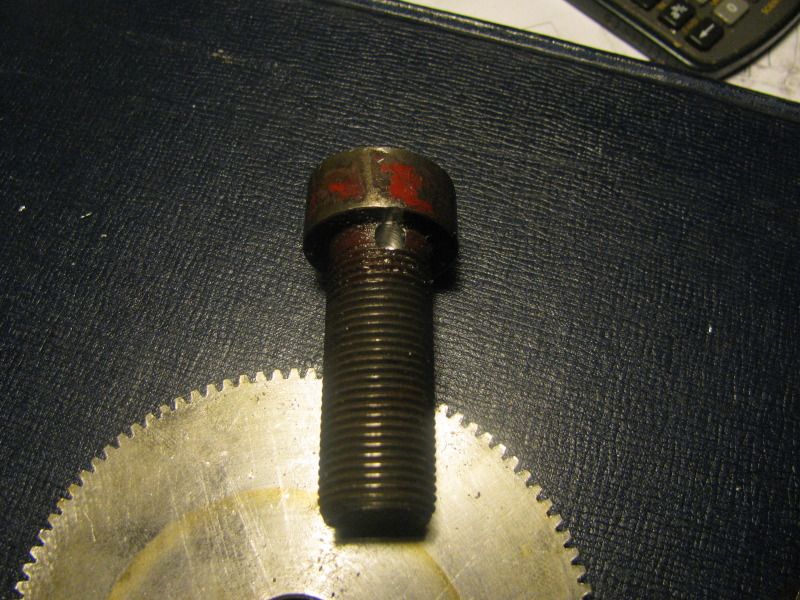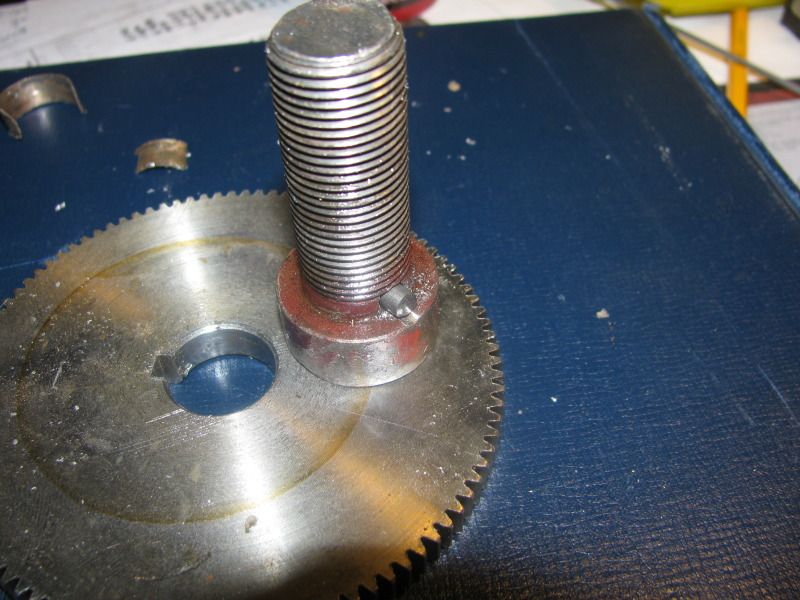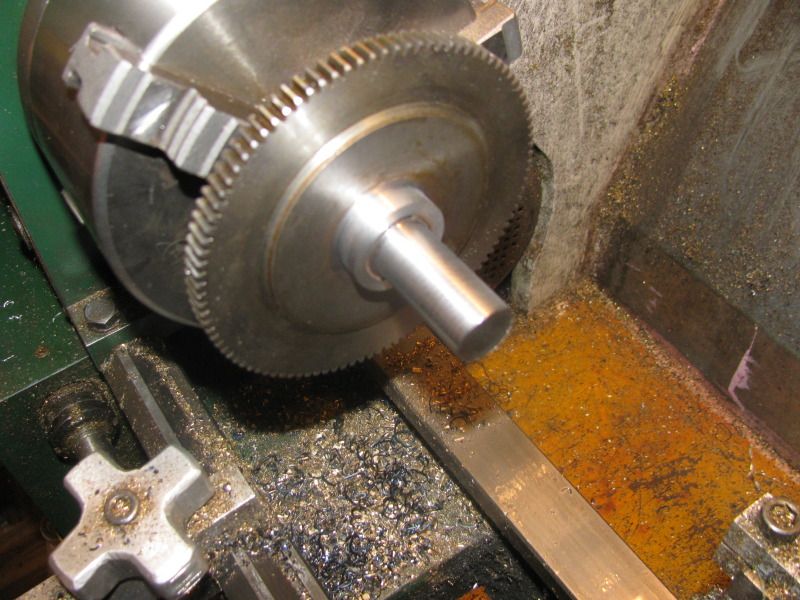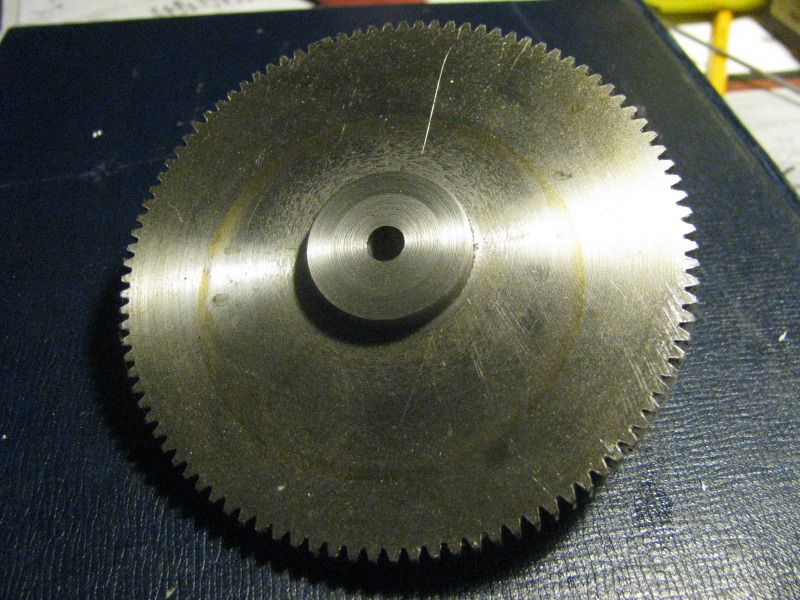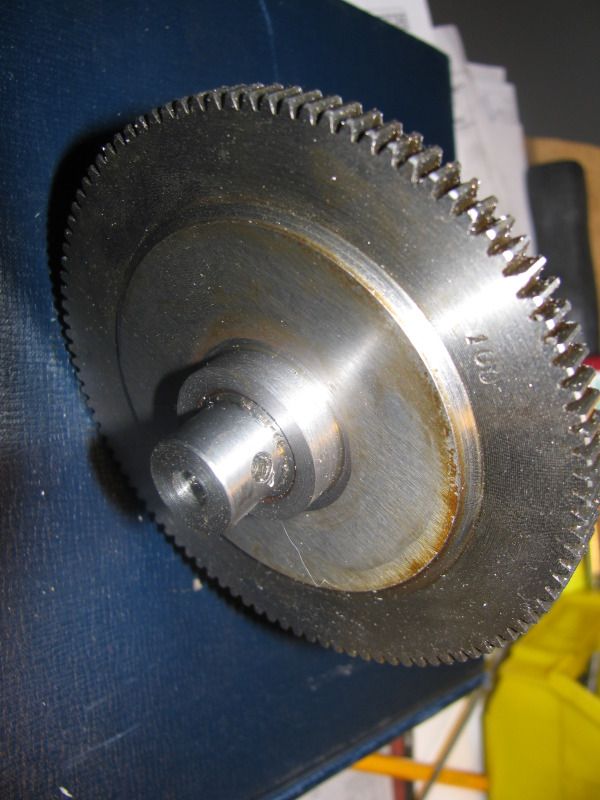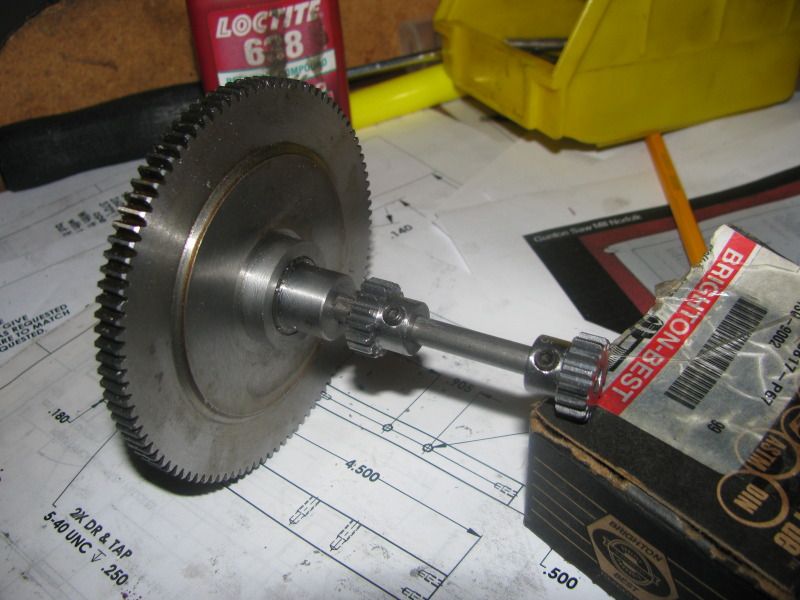Check this video out!!! The commentator gets a bit fumble mouthed a couple of times, but it does give an excellent video of the operation of the saw and carriage advance mechanism on this type of a mill. It also shows (and I hadn't thought of this) that the ratchet/paul mechanism can be used to back the carriage up. Now I have to watch that reverse action a couple more times, because it only shows it for about a second. EDIT--No, I had that wrong.--There is a counter rotating friction wheel engaged by a lever that backs the carriage up. I don't know why there isn't any sound on the video. There is on the original which I copied and pasted the link from.
[ame]http://www.youtube.com/watch?v=XRK0aD6-OhY&feature=relmfu[/ame]
[ame]http://www.youtube.com/watch?v=XRK0aD6-OhY&feature=relmfu[/ame]
Last edited:





